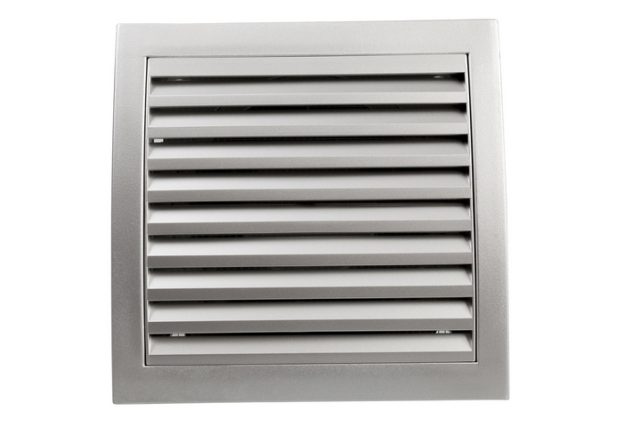Commercial exhaust fans are used in many industries to rid places of fumes and control temperatures. However, there are many on the market and you would hate to purchase one to determine later that it does not do what you need it to. The following are 5 factors to consider when choosing a commercial exhaust fan.
1. Fan location
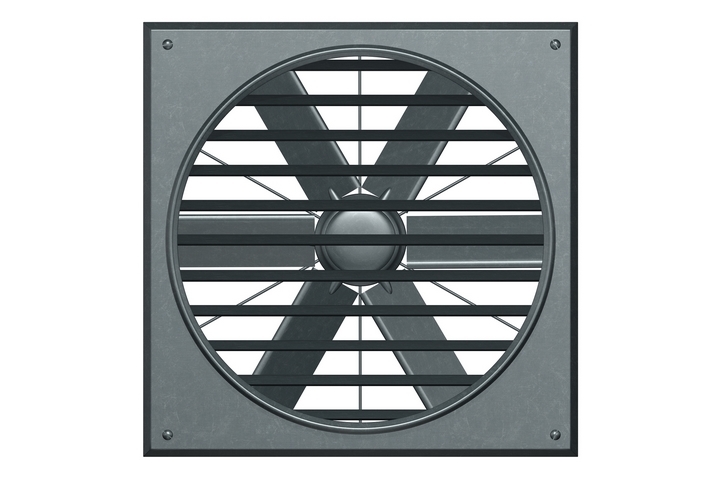
Where you will place your fan will determine the type of fan you choose. Commercial exhaust fans are typically made to be placed on three main places: walls, roofs, or in ducts. The location of your fan will determine important factors such as the noise levels and the size of fan you will purchase.
Fan location will also dictate the accessories that you will have to buy. For instance, an exhaust fan that is to be placed on the roof will require a roof curb to be properly installed. A fan installed on a wall may need brackets to keep it secure. Location will affect the price you pay for your fan.
2. Noise levels
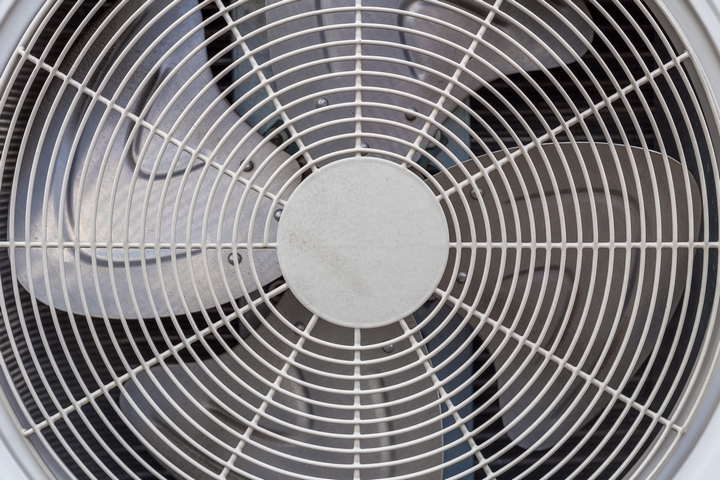
Commercial exhaust fans are typically noisy, so if noise levels are a concern for you, then the sound levels of a fan should be an important consideration. You should ensure you check the sone rating of a commercial exhaust fan before buying it. Sone value is used to indicate the loudness of a fan. The higher the sone value, the noisier the fan will be.
You can also consider purchasing a commercial exhaust fan that has integrated silencers. These help to minimize noise levels. Fans with integrated silencers are easier to handle compared to a standard fan with fixed silencers. Commercial exhaust fans with a higher speed usually produce more sound. You might want to consider a fan with a low revolutions per minute (RPM).
3. Airflow capacity
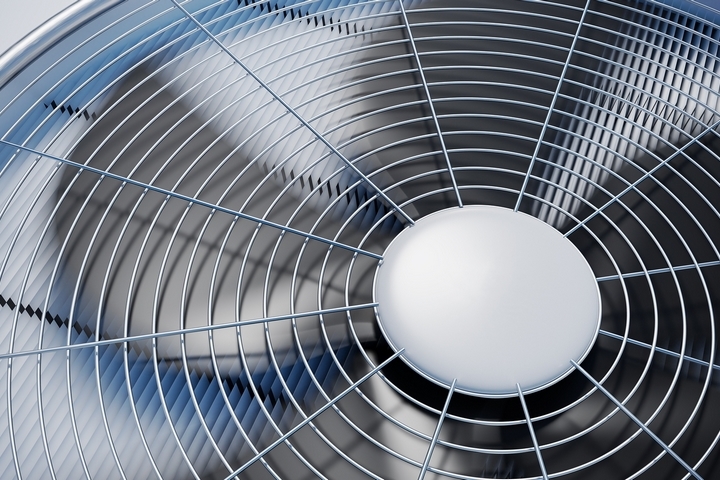
Airflow capacity is measured in cubic feet per minute (CFM). A lower cubic feet per minute (CFM) fan takes longer to ventilate a room compared to a fan with a larger CFM. Therefore, the airflow capacity you will require from your fan will depend on the ventilation you will need. For example, commercial exhaust fans fitted in a large kitchen with lots of cooking will require higher CFM due to factors such as heat and fumes.
You can choose the CFM of your fan in terms of space. There is a 100 square foot rule that states a fan to be used in an area of less than 100 square feet requires one CFM per square foot. This information can help you in choosing the commercial exhaust fan that meets your needs.
4. Static pressure
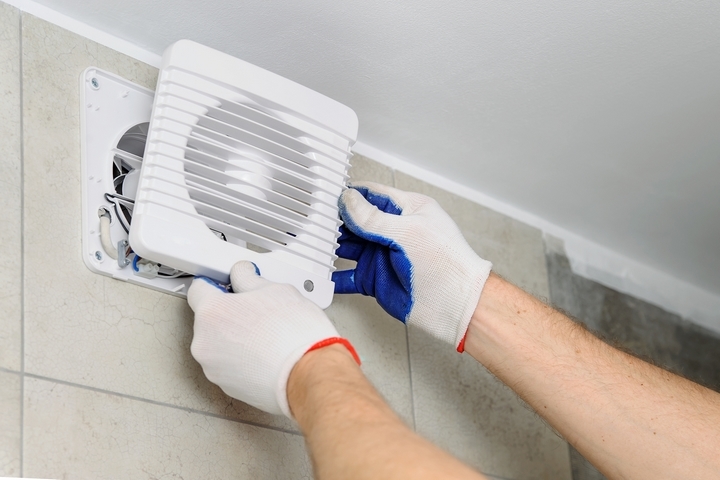
Static pressure is another crucial factor for selecting a commercial exhaust fan. This is the resistance the fan faces when it blows against air in the ventilation system. This pressure is measured in inches of water per linear foot of duct.
Choosing the right static pressure will ensure proper air distribution and efficient use of energy. To be as accurate as possible, you must select the right CFM for your space. If the resistance through the ventilation system is high, the fan will have to pump harder. This will make the system less efficient and it will eventually lead to the fan breaking down.
5. Fan model
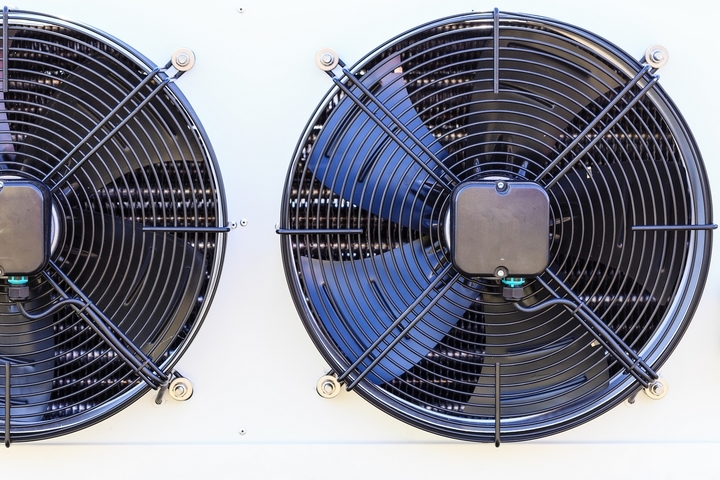
There are essentially two models of commercial exhaust fans to choose from: direct drive or belt drive. Both models are used for the same tasks but work differently.
The direct drive commercial exhaust fans are more economical and have a lower CFM and static pressure. These fans have speed controls, and you can adjust their CFM if needed.
Belt drive fans are ideal for places that require higher CFM and high static pressure. This makes them the best choice for areas with high temperatures that exceed 50 degrees Celsius.

